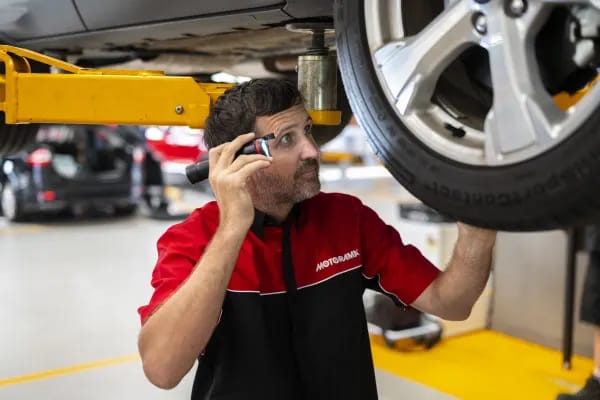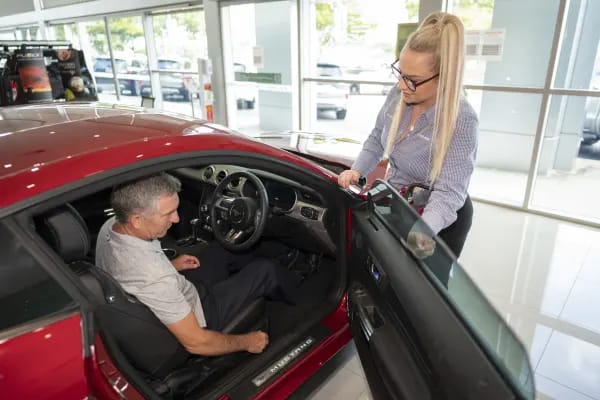
How to Protect Yourself in a Car Crash
Posted in Buyer Advice
How to Protect Yourself in a Car Crash
Getting into a car crash can be stressful, never mind if it is serious enough to cause injuries.
In order to give yourself and your passengers the best chance of survival, here’s a rundown of things to know in case of an accident.
KNOW HOW YOUR BRAKES WORK
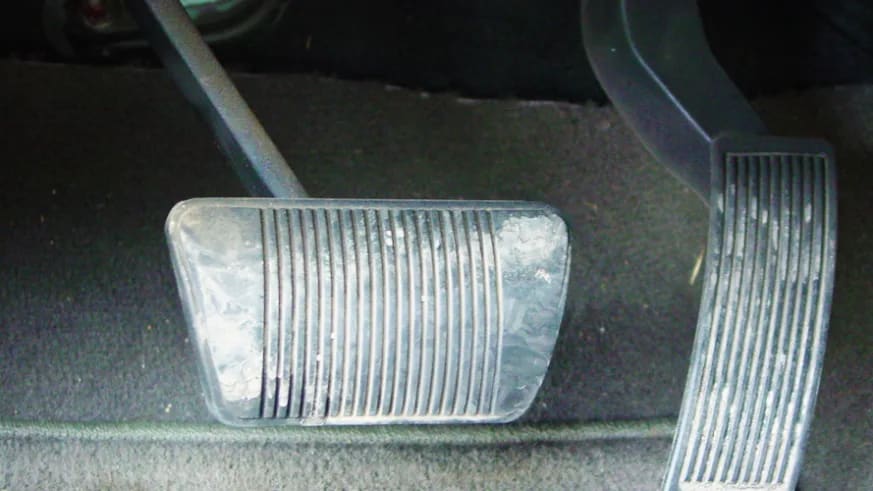
Brakes are obviously to help you slow your car to a stop. So knowing how they work is important in how you modify your driving habits.
Brakes wear out and need to be replaced as they age, so your stopping power decreases more and more until they’re replaced. Fully functional brakes assist sudden braking, as the fresher your brakes are, they will be able to stop earlier.
Even better is if your car has an anti-lock braking system (ABS), this keeps your wheels from stopping rotating, which could cause dangerous skidding or make your car difficult to control under heavy braking.
EYES ON THE ROAD
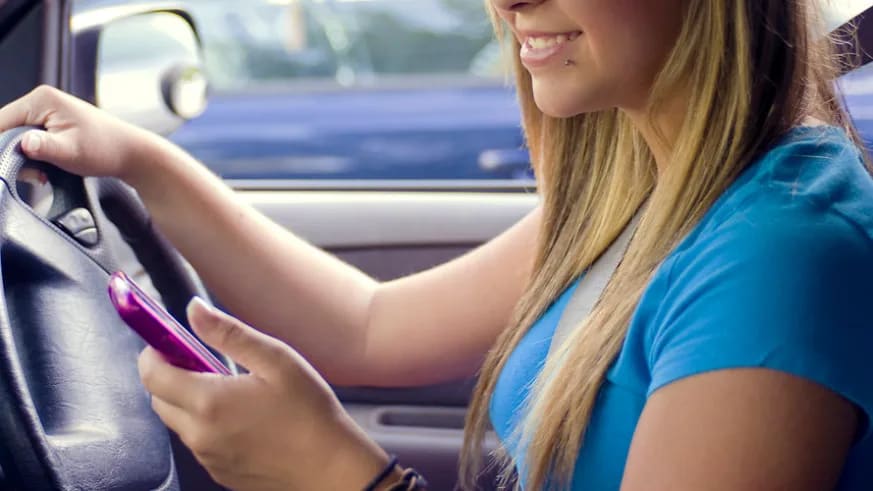
This is one of the biggest messages from road safety campaigns by the government. The RACQ found that over 9% of fatalities in 2008 were involved a distracted driver. However, the concept of alertness differs on how you’re driving. If you are doing your daily drive, it means not getting distracted by things in your car.
Never send or read your texts while your car is on the road, even if you’re caught in traffic or at the lights. Try not to take calls, unless it's an emergency and you have a hands-free system correctly installed (not just a speaker phone.)
If you’re on a longer drive, it means staying attentive to road conditions and keeping alert on the drive. Taking breaks, it’s suggested 15 minutes for every two hours of driving, is necessary to make sure you’re not driving tired.
SECURE ANY OBJECTS
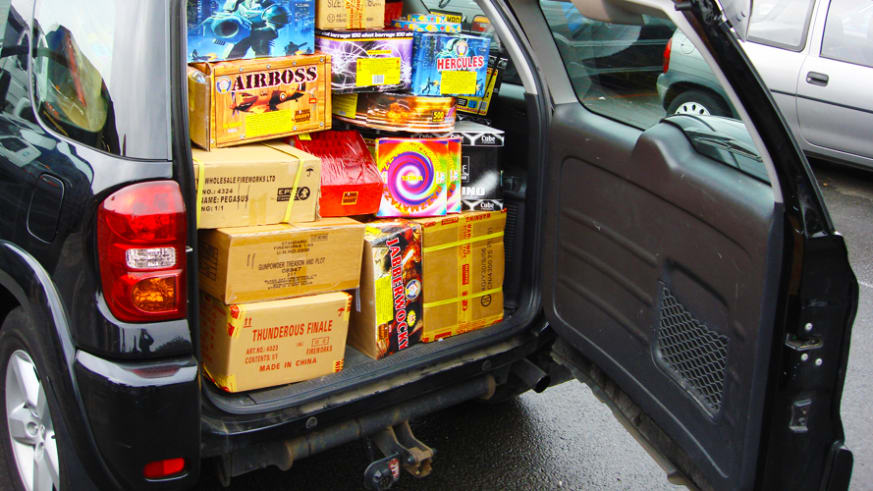
Keeping things in the car because it’s easier than moving them to the garage or the house can end dangerously for you and your passengers. Loose objects in the back of the car, can turn into projectiles if they’re not properly secured.
For example, if you’ve removed the headrests to secure a car seat, or to fold down the rear seat, these can often have metal shafts at the base that can be very dangerous if they fly forward under heavy, sudden braking or impact.
If you’re traveling with luggage or items, store them as securely as possible. If you have a ute, keeping things in the tray can keep them out of the cabin; similarly, in a sedan, making sure you load things into the boot with the rear seats upright. If you have to store things in the cabin of your car make them as safe as possible. Put heavy items as low to the floor and as forward of the cabin as possible. Any pets should be secured with a proper harness, especially for their safety but also the safety of you and your passengers in case your pet is moved in an impact.
Making sure you and all your passengers are seated and secured properly in the cabin will also reduce the risks in a crash. Seatbelts and airbags are designed to work in a particular way with the position of bodies in the cabin and sitting improperly (like putting your feet on the dash, or sleeping across the backseat) may compromise your safety and the effectiveness of any safety measures.
Installing child car seats correctly is extremely important to protect any children. If you have car seats that are tethered by seatbelts, ensuring you’ve run the belt through the seat correctly and tensed the seatbelt properly so the car seat has as little travel as possible in the event of a crash. If you have ISOFIX attachments on your child car seat, follow manufacturer instructions on how to attach your seat.
WATCH OUT FOR YOUR AIRBAG
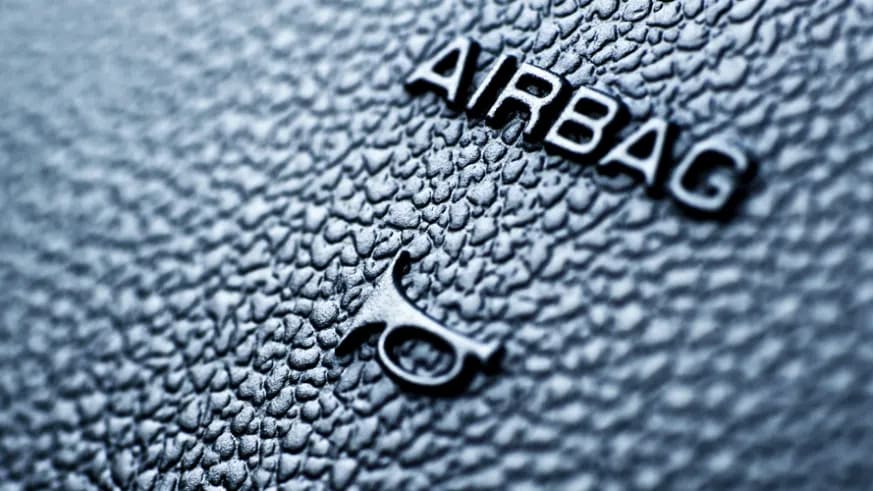
Airbags aren’t actually soft pillows. In order to protect you from impacting any hard surfaces, the speed at which they deploy is, literally, explosive. To be prepared in a crash, try and not obstruct where an airbag would come out. For example, holding your steering wheel correctly will prevent your arms flying back into your face if the airbag goes off. And again, get your passengers to sit correctly, it can be very dangerous if they’re in an improper position and the airbags deploy.
PLAN FOR THE WORST
Nobody ever ‘expects’ to have a car crash, that’s why they’re commonly (but, often, mistakenly) called car ‘accidents’. By making sure that you’re the most prepared that you can be, you can minimise the risk to you and your passengers.
Keeping your car regularly serviced and maintained by an authorised service centre that specialises in the particular make of your car will keep it as safe as possible, mechanically. But you can take steps to ensure that you and your passengers have the best possible chance of being safe in a crash.
KNOW WHAT TO PACK
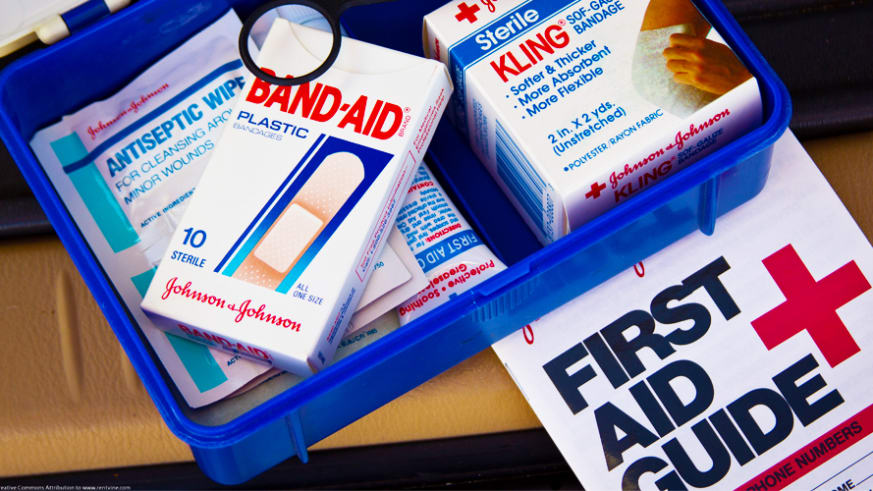
Having a first aid kit is an essential, and you should probably tailor one to deal with trauma and other injuries that are commonly associated with a crash. Items to help with CPR, open wounds, splints for broken bones as well as items to treat shock or elemental exposure (such as hypothermia from cold water, or burns from an electrical or petrol fire.)
It is important to never move an injured person unless you have no doubt that it won’t injure them further. Know that they may not have any visible external injuries, but internal injuries that will become worse if they attempt to move. It’s best to just call an ambulance in a situation where anyone is injured and let a paramedic deal with any movement.
Invest in a fire extinguisher that can put out fires caused by electrical equipment and fires from flammable liquids (fuel, oil). Usually a dry chemical fire extinguisher can put out both kinds, but check the instructions on the extinguisher to see the correct and safe use. Make sure you secure any fire extinguisher correctly, if you’re storing it inside the cabin.
TIP THE (SAFETY) NUMBERS
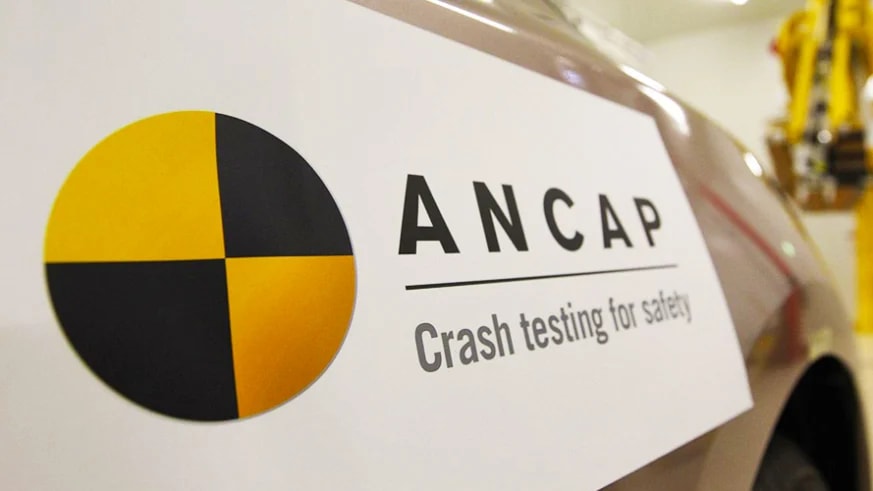
It is important to select a car that has a greater safety rating, to keep you and your passengers as safe as possible. The ANCAP safety rating system is tested independently from manufacturers, and is a good guide to how safe your car is. As a general rule, the more modern your car is the more likely it is to have greater amounts of safety technology. Stricter regulations on safety requirements in cars have spurred manufacturers to create safer cars in everything from structure to safety features.
Not everyone needs the newest model car, but you should consider buying a car with at least dual front airbags if not side curtain and driver’s knee airbags (it’s scary to think that front passenger airbags were still an option until around 15 years ago.) Lap-and-sash seatbelts are also good to upgrade to, lap-only seatbelts in the middle rear seat position were still standard until a just few years ago and are less safe than seatbelts that cross your body to hold you in place.
Newer safety technology for drivers and passengers becomes available as technologies become cheaper to manufacture as it trickles down from luxury car brands to entry-level models of even budget brands, so it’s always worth looking at new and even late model demonstrator vehicles and used cars that have newer technologies.
The team at Motorama can help you ensure that your car is as safe on the road as possible, with dedicated, expert service technicians who can check everything from your suspension to your steering, to make sure that you and your passengers are as safe as possible on every drive.
If you want to see the latest safety technologies available as standard on our new cars, speak to the team at any Motorama dealership who can help explain what they mean for you and your passengers.

